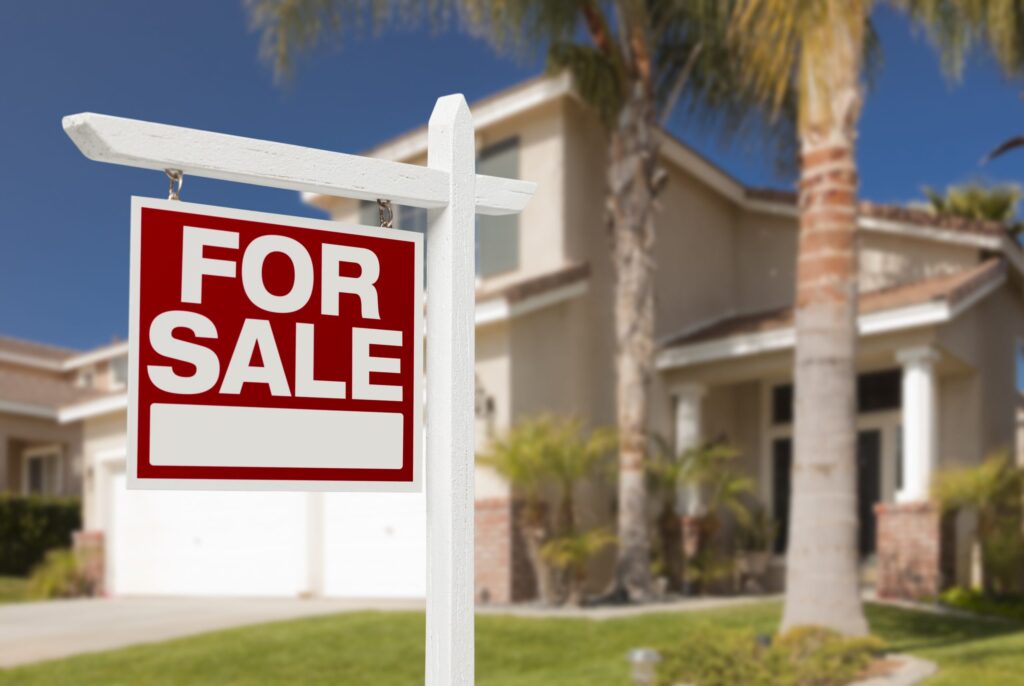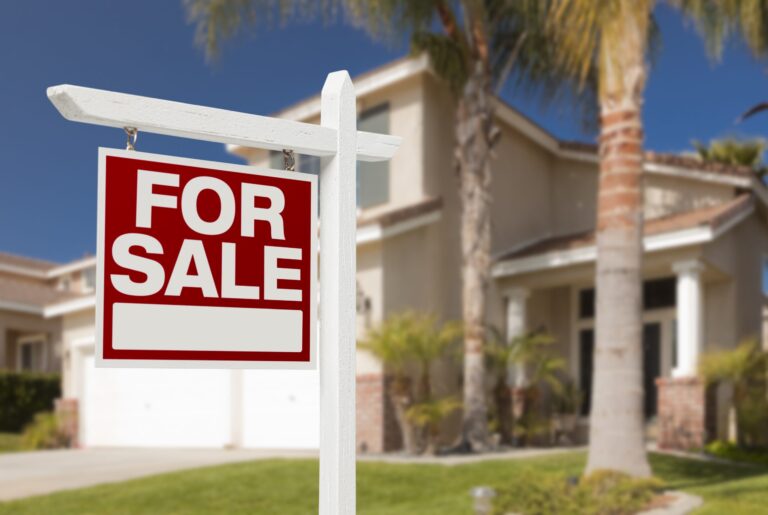
Investors and property owners alike may be having flashbacks to 2008. That’s when the real estate industry saw record highs of foreclosures and plummeting home prices as the Federal Reserve bumped the federal funds rate. While some of the scenarios may seem eerily similar, analysts aren’t worried. They say the blazing-hot market for existing homes and new construction has more to do with the COVID-19 pandemic, and less to do with unqualified home buying than the housing bubble that burst more than a decade ago.
According to Morgan Stanley strategist Vishy Tirapattur, the hot housing market for single family homes is centered on the low housing inventory and high demand for these properties – the typical economic driver of supply and demand. He says it’s “a sustainably sturdy foundation.”
Tirapattur identifies that the price gains in the past year for homes are at 12.2%, but that’s not the rate that home buyers can expect to continue. “We are not at all suggesting that home price appreciation will maintain its current torrid pace. Home prices will continue to rise, but more gradually.”
Better control of risk
For mortgage bankers, the ability to fund a loan hinges on two risk profiles that have to be assessed. The first is the borrower risk, relatively easily identified by analyzing the applicant’s credit history and their ability to service the loan with debt-to-income ratio. It’s the case for both purchases and refinancing products.
The second is product risk, which is where the problem mainly existed 15 years ago. That’s when mortgage rates included introductory periods, balloon payments, and more – factors that are tied to higher default risk. Distress sales flooded the market, blew up demand, and devastated the number of pending home sales.
COVID-19 pushing the pace
Rather, it seems the pandemic is pushing the sales pace for the real estate industry. Low interest rates on mortgages are combined with stimulus payments for some, while the high-end housing market was mostly unaffected with middle- and high-income earners weathering the pandemic well financially.
With few other places to spend their money, Americans are investing into real estate or capitalizing on increased home equity. Home builders are overwhelmed by the volume of new builds and charging more based on demand, increasing home prices even further.
The numbers that Morgan Stanley is looking at support the position. Before the financial crisis, the housing market was imbalanced between the value and leverage against it. Total housing market value was $26 trillion with $11 trillion in mortgages, or 42.3%. Today, mortgages are around $12 trillion, but the housing market in the US is approximately $33 trillion, down to 36.3%. That balance leads Morgan Stanley to say, “These changes give us confidence that the current system of housing finance is healthy and on a sustainable footing.”
Investors, breathe a sigh of relief
It’s great news for home buyers, real estate investors, and second home purchasers. Although qualifying for a mortgage is harder for under-qualified buyers, the changes are virtually unnoticeable for those with good credit and an ability to service the loan.
If you’re looking to capitalize on a hot housing market, MBANC is here to serve your needs. Whether you’re looking for a high-balance conventional mortgage, you’d like to qualify using rental income, or you have non-traditional income streams, we can help. Contact an MBANC mortgage analyst to start an application today.

